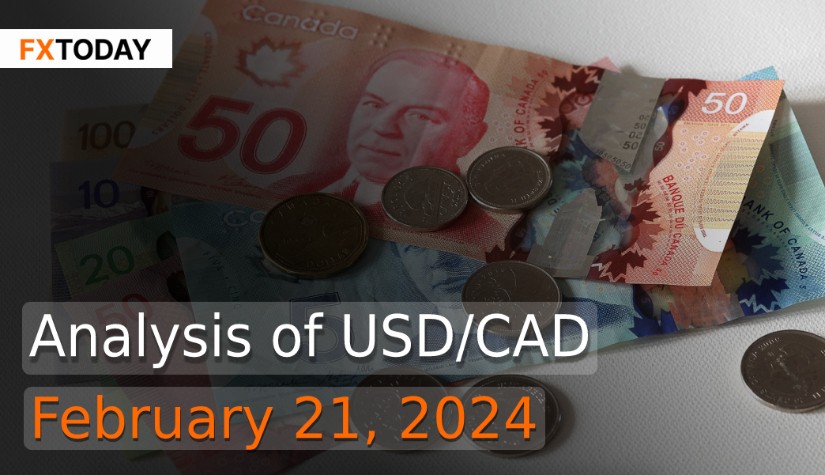Canada's Inflation Dip Spurs Rate Cut Speculation
In January, Canada experienced a notable deceleration in its annual inflation rate, dropping to 2.9%, a figure lower than anticipated. Simultaneously, core price measures also exhibited a decline. This unexpected development has led to increased speculation about the likelihood of an early interest rate cut. It marks the first time in seven months that headline inflation has fallen below 3%, prompting money markets to raise the probability of a rate cut in April from 33% to as much as 58%.
Meanwhile, the Bank of Canada, whose next policy announcement is on March 6, has been expected to maintain interest rates at the current 22-year high of 5%. The Bank of Canada has a 2% inflation target, and two of its three core measures of underlying inflation, CPI-median and CPI-trim, both decreased. The central bank projects headline inflation to remain around 3% in the first half of 2024 before cooling down to 2.5% by the end of the year.
Shelter costs have significantly contributed to underlying inflation pressures, with shelter price inflation accelerating to 6.2% in January. Rental inflation also exhibited upward momentum, reaching 7.9% in January. Excluding shelter, inflation is running at an annual rate of 1.5%.
In addition to inflation concerns, other economic indicators in Canada are raising eyebrows. Factory sales fell by 0.7% in December, driven by lower sales of motor vehicles and chemical products. Housing starts also experienced a 10% decline in January compared to the previous month, particularly in the multiple-unit urban homes category.
On the global front, the U.S. dollar weakened following China's decision to cut interest rates in support of its struggling property market, sparking hopes for additional stimulus to boost global growth. Despite this, waning optimism about central banks cutting interest rates soon led to a decline in a gauge of global stock performance. The U.S. 10-year Treasury yield has risen by almost 50 basis points to 4.28% this month, driven by robust growth, a tight labor market, and persistent inflation. As a consequence, it is anticipated that the Canadian dollar will face increased pressure during this timeframe, potentially leading to a modest uptick in trading activity and stability within higher ranges.
Data for Technical Analysis (15Min) CFD USD/CAD
Resistance : 1.3518, 1.3520, 1.3523
Support : 1.3514, 1.3512, 1.3509
15Min Outlook
Source: Investing.com
Buy/Long 1 If the support at the price range 1.3409 - 1.3514 is touched, but the support at 1.3514 cannot be broken, the TP may be set around 1.3519 and the SL around 1.3407, or up to the risk appetite.
Buy/Long 2 If the resistance can be broken at the price range of 1.3518 - 1.3523, TP may be set around 1.3526 and SL around 1.3512, or up to the risk appetite.
Sell/Short 1 If the resistance at the price range 1.3518 - 1.3523 is touched, but the resistance 1.3518 cannot be broken, the TP may be set around 1.3512 and the SL around 1.3525, or up to the risk appetite.
Sell/Short 2 If the support can be broken at the price range of 1.3409 - 1.3514, TP may be set around 1.3506 and SL around 1.3520, or up to the risk appetite.
Pivot Points Feb 21, 2024 02:05AM GMT
|
Name
|
S3
|
S2
|
S1
|
Pivot Points
|
R1
|
R2
|
R3
|
|---|---|---|---|---|---|---|---|
| Classic | 1.3506 | 1.3509 | 1.3512 | 1.3516 | 1.3519 | 1.3523 | 1.3526 |
| Fibonacci | 1.3509 | 1.3512 | 1.3514 | 1.3516 | 1.3518 | 1.352 | 1.3523 |
| Camarilla | 1.3514 | 1.3514 | 1.3515 | 1.3516 | 1.3516 | 1.3517 | 1.3517 |
| Woodie's | 1.3506 | 1.3509 | 1.3512 | 1.3516 | 1.3519 | 1.3523 | 1.3526 |
| DeMark's | - | - | 1.3511 | 1.3515 | 1.3517 | - | - |
Sources: Investing 1, Investing 2
















